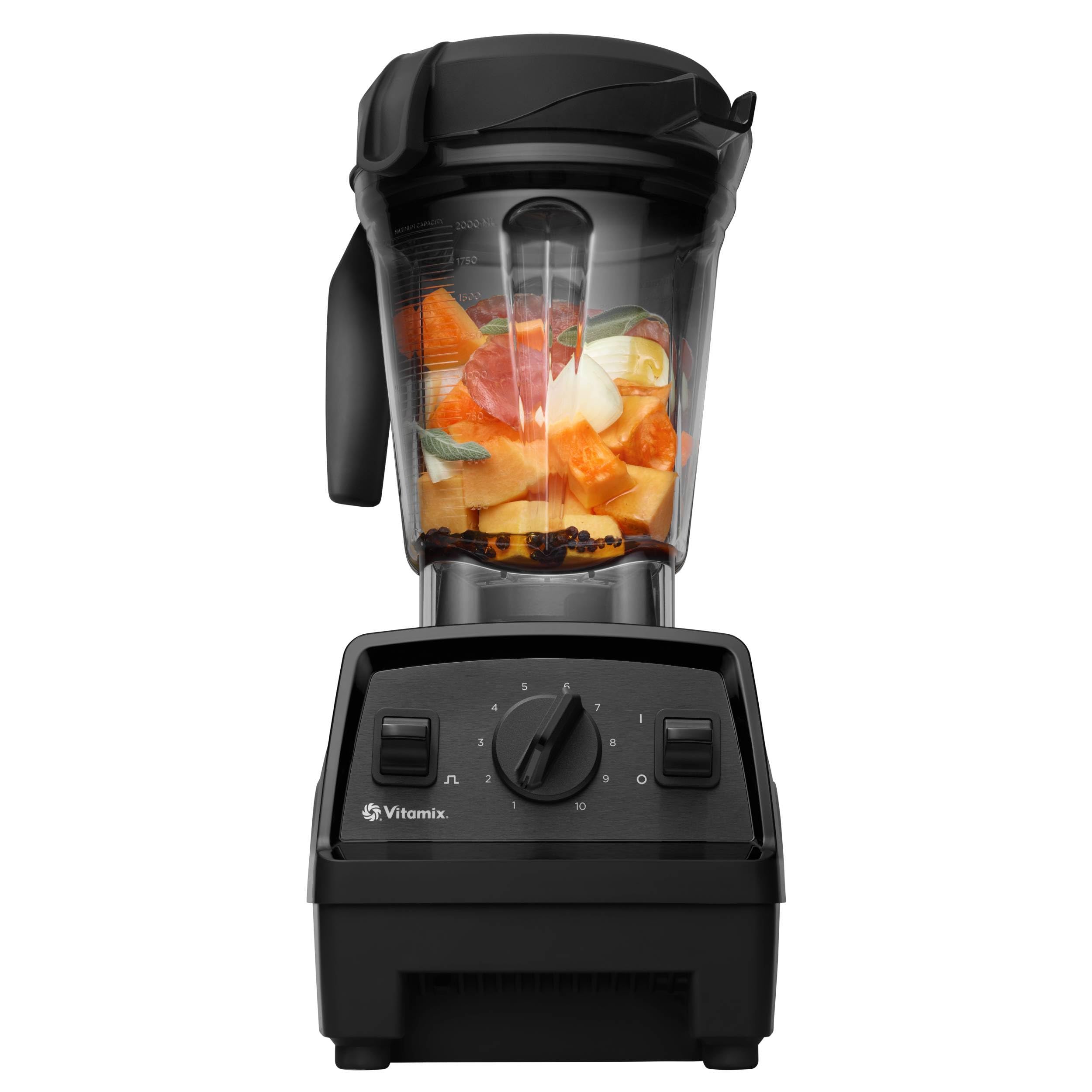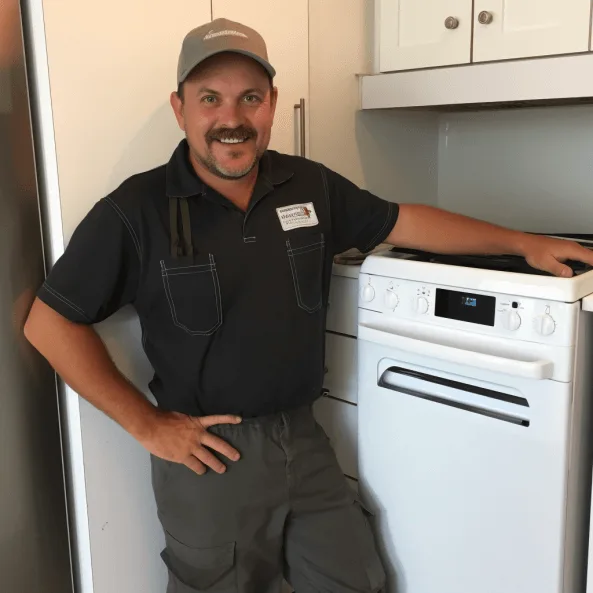Ever wondered if your washer and dryer can share the same electrical circuit without causing a power struggle? Picture this: you’re juggling laundry loads, trying to make chores a breeze, but suddenly, the circuit breaker keeps tripping. Frustrating, right? In this article, we’ll unravel the mystery and help you navigate the world of electrical circuits in your laundry room.
Understanding Electrical Circuits
What is an Electrical Circuit?
An electrical circuit is a closed loop through which an electrical current can flow. It consists of wires, devices, and protection equipment like circuit breakers.
Components of an Electrical Circuit
- Wires: Conduct electricity.
- Devices: Use electrical energy, like your washer and dryer.
- Circuit breakers: Protect the circuit from overloads.
Circuit Capacity
A circuit has a maximum capacity measured in amperes (A). Your washer and dryer should not exceed this limit to prevent tripping.





Avoid Overloading
Ensure your washer and dryer’s combined electrical needs are within the circuit’s capacity.
Separate Circuits vs. Shared Circuits
- Separate circuits: Ideal for heavy appliances
- Shared circuits: Common in homes; can work if managed well
- Stagger washer and dryer usage.
- Avoid using other high-power devices simultaneously.
| Fact | Data |
|---|---|
| Average Washer Amp | 6-8 A |
| Average Dryer Amp | 24 A |
Safety Note: Consult a Professional
If unsure about your electrical systems, consult an electrician to assess and make necessary upgrades.
Final Thought: Understanding your electrical circuits’ capabilities is key to preventing power interruptions when using multiple appliances.
Washer and Dryer Power Requirements
When it comes to Washer and Dryer Power Requirements, it’s crucial to understand the electricity needed to operate these essential laundry appliances efficiently. Here’s a breakdown of what you need to know:
- Washer Power: Washing machines typically require between 1,200 to 1,400 watts of power to function properly.
- Dryer Power: Dryers, on the other hand, are more power-hungry, usually consuming around 1,800 to 5,000 watts depending on the model and heat settings.
To ensure your washer and dryer run smoothly without overloading your electrical circuits, it’s advisable to have them on separate dedicated circuits. This setup prevents tripping breakers and ensures each appliance receives the power it needs to operate effectively.





When in doubt, consulting with a professional electrician to assess your electrical system and determine the best course of action is always a wise idea. Properly configured circuits not only prevent disruptions but also contribute to your overall home safety and convenience.
Sharing a Circuit: Yes or No?
When it comes to washer and dryer installations, a common question arises – can they be on the same circuit? The answer to this query primarily depends on the electrical requirements of your appliances and the capacity of the circuit in question.
Understanding Electrical Loads
Washing machines typically draw 1,200 to 1,400 watts, while dryers can consume 1,800 to 5,000 watts. If both appliances are running simultaneously on a shared circuit, you need to ensure that the combined wattage does not exceed the circuit’s capacity.
Risks of Overloading
Plugging a washer and dryer into a circuit with insufficient capacity can lead to frequent tripping, inefficient operation, and even fire hazards. To prevent these issues, it’s advisable to have dedicated circuits for each appliance, especially considering the high power requirements of dryers.
Consult a Professional
To determine the best course of action for your specific situation, consulting a licensed electrician is recommended. They can assess your current electrical setup, recommend optimal configurations, and ensure that your washer and dryer are safely and efficiently powered.





Remember, ensuring the proper electrical setup for your appliances is essential for both safety and performance.
How to Safely Share a Circuit
When it comes to sharing a circuit between your washer and dryer, there are ways to do so safely and efficiently. Here’s how you can go about it:
- Check the Electrical Load: Ensure that the combined power requirements of your washer and dryer do not exceed the circuit’s capacity.
- Use Energy-efficient Models: Opt for energy-efficient appliances to reduce the overall power consumption and make sharing a circuit more feasible.
- Consider Timing: Schedule your laundry loads at different times to avoid overloading the circuit with both appliances running simultaneously.
- Invest in Surge Protectors: Adding surge protectors can help safeguard your appliances and the circuit from power fluctuations.
- Regular Maintenance: Keep your washer and dryer well-maintained to prevent any electrical issues that could further strain the circuit.
Remember, safety should always be the top priority when sharing a circuit between your washer and dryer. If in doubt, consult a licensed electrician to ensure everything is set up correctly for smooth and safe operation.
Conclusion
Ensuring your washer and dryer share the same circuit can be done safely by following key steps to maintain efficiency and safety. Remember to check the electrical load, opt for energy-efficient models, stagger laundry loads, use surge protectors, and keep up with appliance maintenance. Prioritize safety by consulting a licensed electrician for proper setup. By taking these precautions, you can enjoy the convenience of having your washer and dryer on the same circuit without compromising performance or risking electrical hazards.
Frequently Asked Questions
Can I share a circuit between a washer and dryer?
Yes, you can share a circuit between a washer and dryer. Ensure the electrical load doesn’t exceed the circuit’s capacity. Opt for energy-efficient models to reduce power consumption.
How can I safely share a circuit between a washer and dryer?
To safely share a circuit, schedule laundry loads at different times to prevent overloading. Use surge protectors to safeguard appliances from power surges. Regular maintenance helps ensure efficient and safe operation.
Should I consult a professional for sharing a circuit between a washer and dryer?
Yes, it is recommended to consult a licensed electrician for proper setup. They can assess your electrical system to ensure it can handle the additional load, ensuring safety and efficiency.

Hi, I’m Charlie, and I cover all things laundry here at Appliance Mastery.
I’ve spent over eight years working on washing machines, dryers, and dishwashers. I also have a degree in mechanical engineering, which helps me understand how these appliances really work.
I try to make every guide clear and practical. If you’re stuck with a noisy dryer or a leaking washer, I’ll help you figure out what’s wrong and how to fix it.
